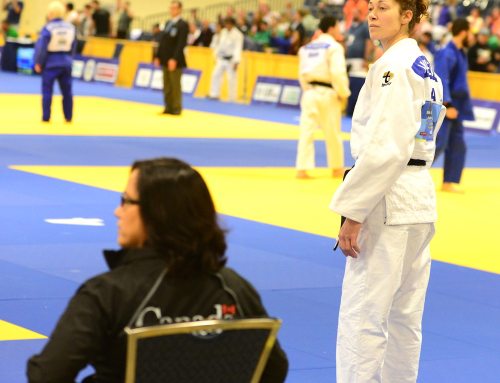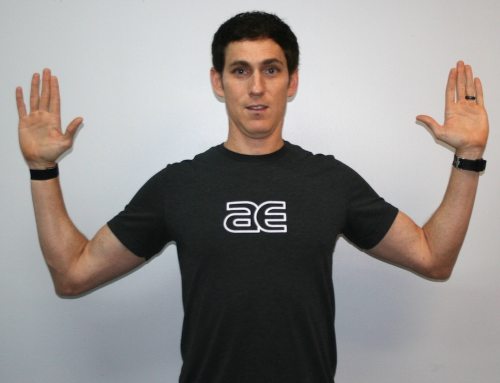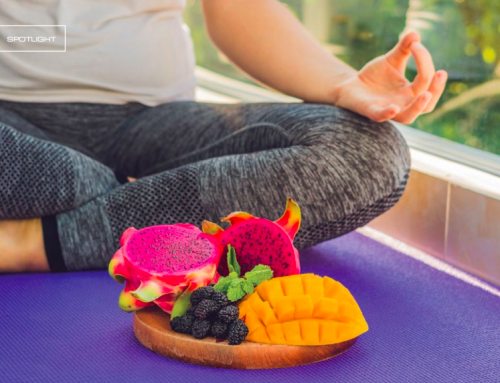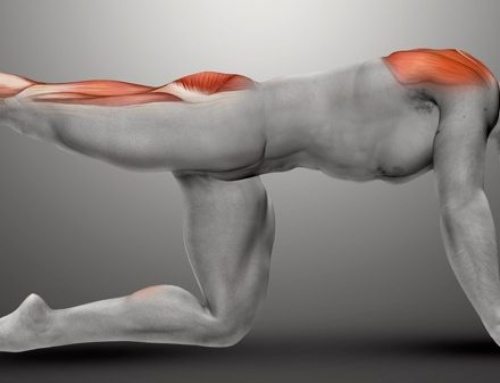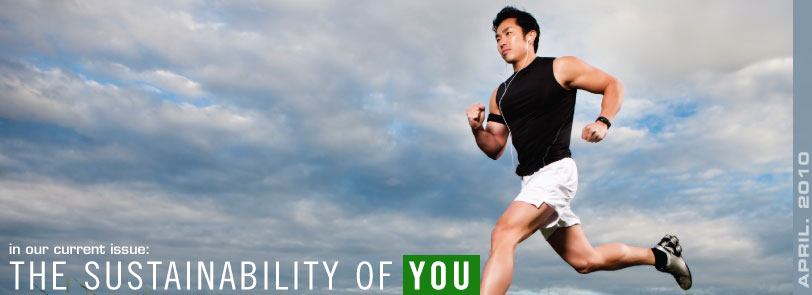
By Brian Beatty
One of the great benefits of endurance activities is developing the discipline of working towards a goal. Having an event goal focuses the efforts and provides the motivation to put time for yourself and your health into a busy life. However, if the drive to the goal begins to imbalance your life or impair your health, then the activities are no longer creating a sustainable you. For many people, this is the biggest tangible benefit. Hopefully another reason for participating is the pure enjoyment of your chosen activity. If you find that your ‘workouts’ are feeling more like work and less like play, then it may be time to evaluate your personal sustainability.
Balance of activity is critical for sustainability. As you plan what events you will do this year, also plan for cross training. Relative to endurance sports, desired cross training activities can be summarized as anything that moves your body in a different direction or goal than going forward. Cycling is not cross training for running, but volleyball, soccer, weight lifting and tennis all would be. Another concept for cross training is seeking activities where moving fast and outward is not important, but rather the focus is on slow and internal attention. Yoga and tai-chi are excellent practices to provide this type of balance. Look for activities like this that you enjoy and don’t hesitate to spend time doing them; they only help your training, not take away from it.
None of the above efforts needs to be undertaken alone either. Though we often think of endurance events as individual sports, it still takes a support team to get us to the start line. That “team” includes your family, friends and training partners. To be sustainable, your event goals and training need to include the family. Anyone who disagrees with this needs more assistance than I can provide and know that the endurance community supports you getting it.
A great group to train with can make all the difference in the fun and sustainability factor. Community support can be found at all of the great local stores that cater to our equipment needs as well as the many fine health clubs. Running stores, bike shops and outdoor stores not only provide great equipment analysis and advice but support group activities. There are many training programs organized by events, coaches & stores. Local clubs exist for about every interest in every town. The mental support of a group and diversity of resources help keep everyone well balanced and having fun.
From a physical well being standpoint it is always helpful to have further biomechanical analysis. This can be as simple as asking a friend or training partner to carefully watch what you are doing. Bike shops will help with fit issues and there are talented people providing detailed fit and analysis to the cycling community use them. If you want further refinement, many excellent coaches can review form and training schedules with you. If there are specific areas in the body that seem to always fatigue, this could be a sign to enlist a personal trainer or physical therapist. We are also lucky to have some excellent performance labs available for detailed physiological assessment to fine-tune your fitness.
Physical stresses, strains and some small injuries are inevitable. The key to sustainability here is prevention and early detection when possible. If injury does occur, have your medical team help get you back together. A good group includes massage therapist and bodywork, personal trainers, physical therapist, chiropractor, primary care doctor, sports medicine doctor and even sports psychologist. If you have been doing endurance events for a long time, you probably already have many of these folks ‘in your camp’. If you don’t know the above professionals yet, ask your training partners and look for people interested in your activities.
# # #
Brian Beatty with Balanced Physical Therapy tries to help people learn and solve their problems by providing full analysis of how people move. He sometimes does this while not being jealous of his research colleagues with a million dollars of lab toys and assistants whose brains he picks for details only movement geeks like him care about.


